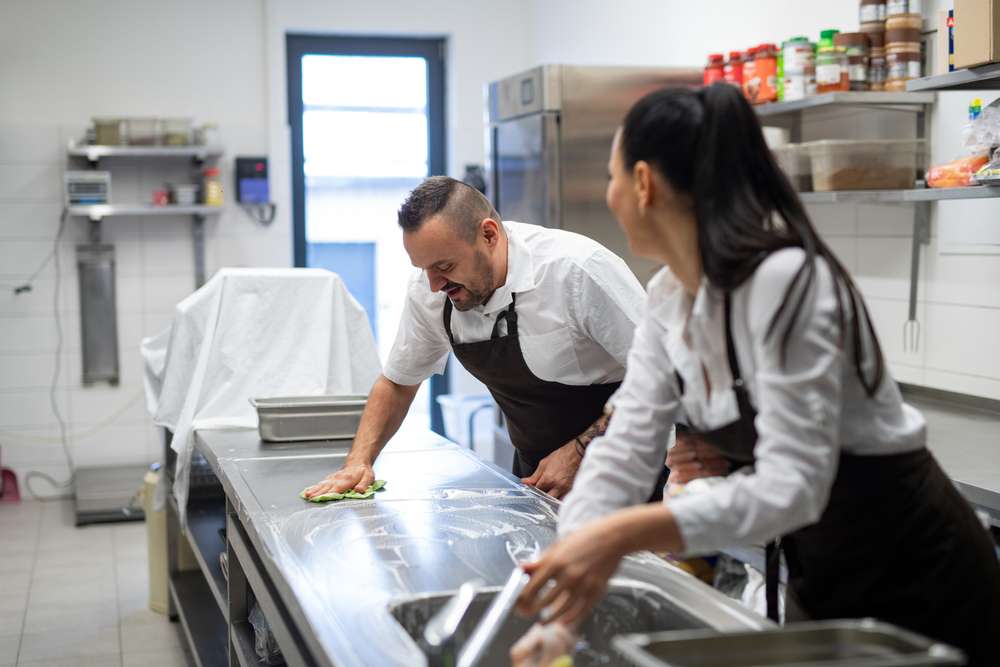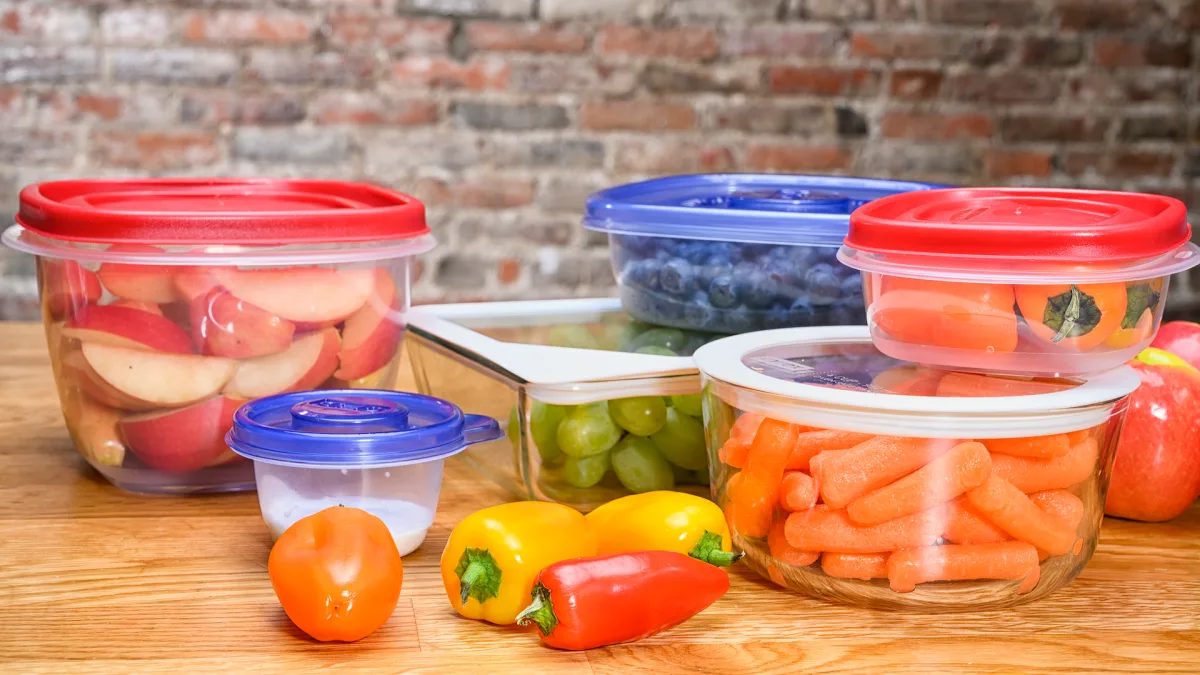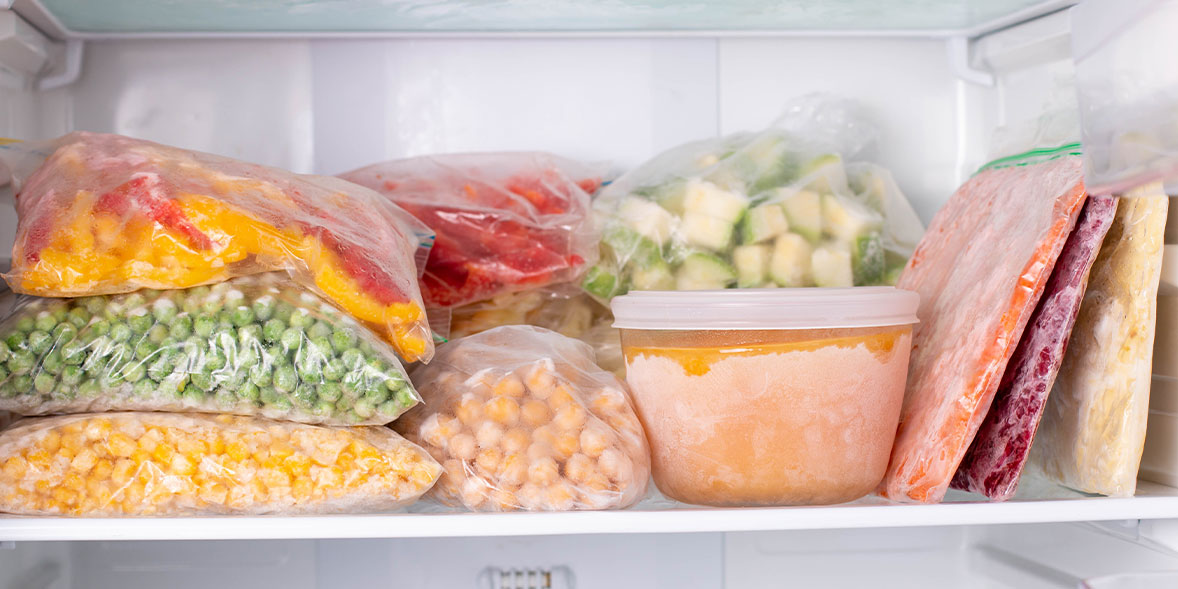Food safety is paramount in ensuring that the meals we prepare are not only delicious but also safe to consume. From shopping for groceries to cooking and storing leftovers, following food safety guidelines can prevent foodborne illnesses and keep your family healthy. Here are some essential tips to maintain a safe kitchen environment.
1. Proper Hand Hygiene
Always wash your hands with soap and warm water for at least 20 seconds before and after handling food. This simple step can significantly reduce the risk of contamination. Make sure to clean your hands after handling raw meat, poultry, seafood, and eggs, as these items can harbor harmful bacteria.
2. Safe Shopping Practices
When shopping for groceries, keep raw meat, poultry, and seafood separate from other items in your cart to avoid cross-contamination. Use plastic bags to contain any juices that may leak from these products. Make sure to check expiration dates and avoid purchasing items that are past their prime.
3. Proper Food Storage
Refrigerate perishable foods within two hours of purchasing or cooking. Set your refrigerator to 40°F (4°C) or below and your freezer to 0°F (-18°C) to slow the growth of harmful bacteria. Store raw meat, poultry, and seafood on the bottom shelf of your refrigerator to prevent their juices from dripping onto other foods.
4. Thawing Food Safely
Thaw frozen foods in the refrigerator, in cold water, or in the microwave. Never thaw food on the counter, as this can lead to bacterial growth. When using the cold water method, change the water every 30 minutes to ensure the food stays at a safe temperature.
5. Cooking Temperatures
Use a food thermometer to ensure that foods are cooked to the correct internal temperatures. Poultry should reach 165°F (74°C), ground meats 160°F (71°C), and steaks, chops, and roasts should reach at least 145°F (63°C) with a three-minute rest time. Proper cooking kills harmful bacteria and makes food safe to eat.
6. Avoiding Cross-Contamination
Use separate cutting boards and utensils for raw meat, poultry, and seafood to prevent cross-contamination with other foods. Wash cutting boards, utensils, and countertops with hot, soapy water after preparing each food item. Consider using color-coded cutting boards to easily differentiate between them.
7. Safe Leftover Practices
Refrigerate leftovers within two hours of cooking. Divide large amounts of food into smaller portions to ensure they cool quickly. Reheat leftovers to an internal temperature of 165°F (74°C) before consuming. Discard any food that has been left out at room temperature for more than two hours.

8. Regular Cleaning
Maintain a clean kitchen by regularly washing dishcloths, sponges, and towels. Disinfect countertops, sinks, and appliances frequently. Keep your refrigerator clean by wiping up spills immediately and throwing away expired or spoiled food.
By following these food safety practices, you can protect yourself and your loved ones from foodborne illnesses. Remember, a safe kitchen is a happy kitchen. Prioritize cleanliness and proper food handling techniques to enjoy delicious and safe meals every day.




